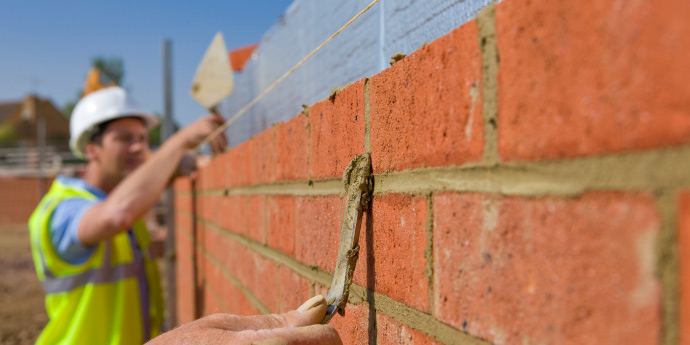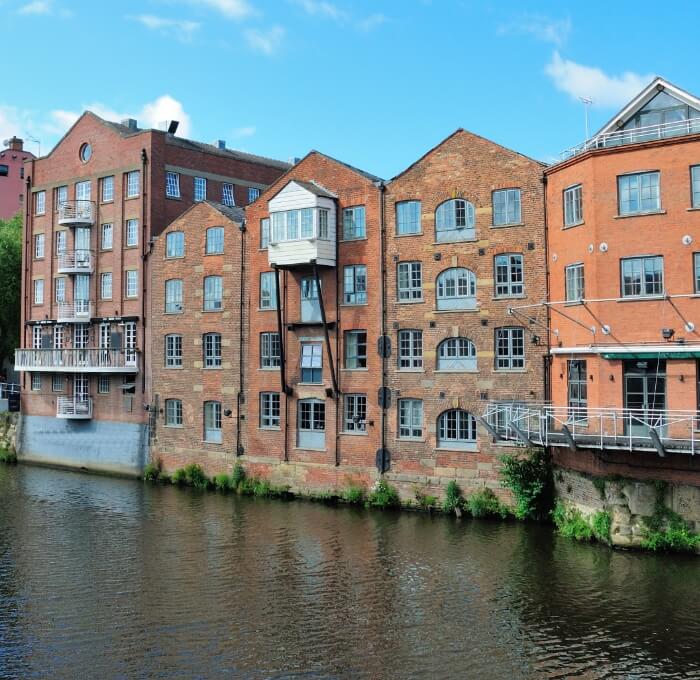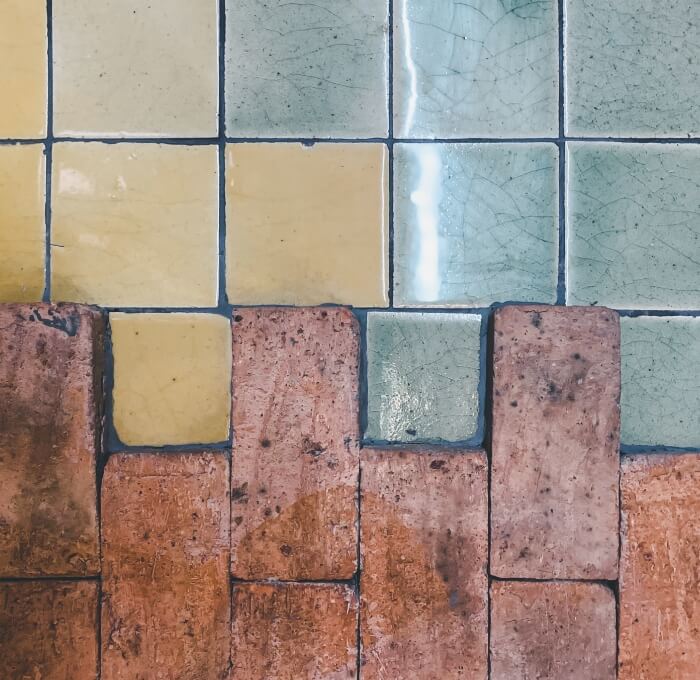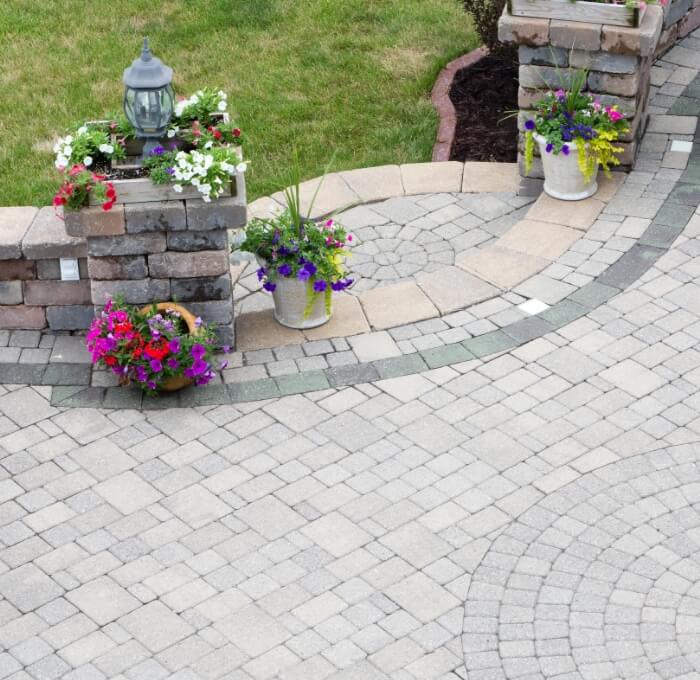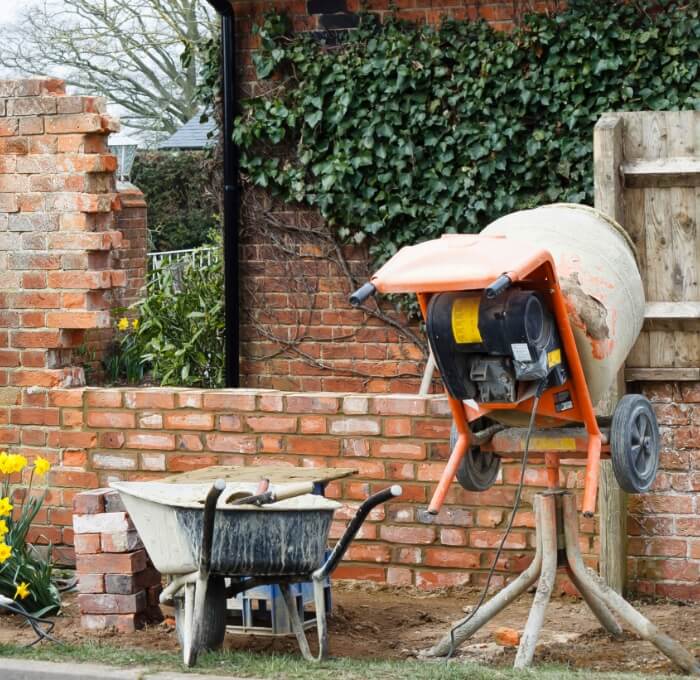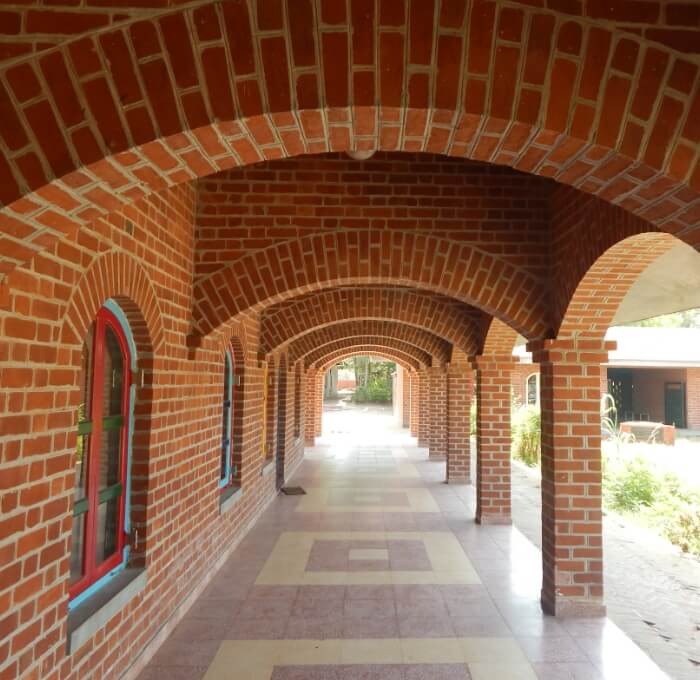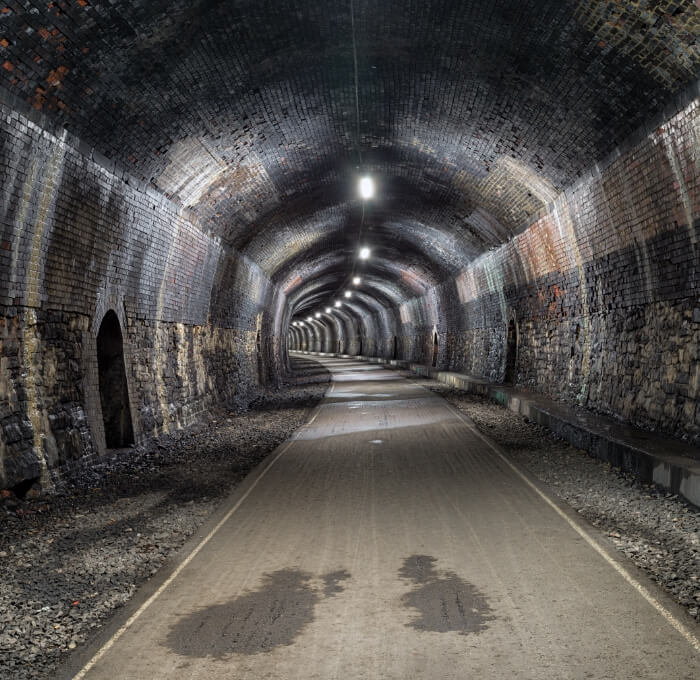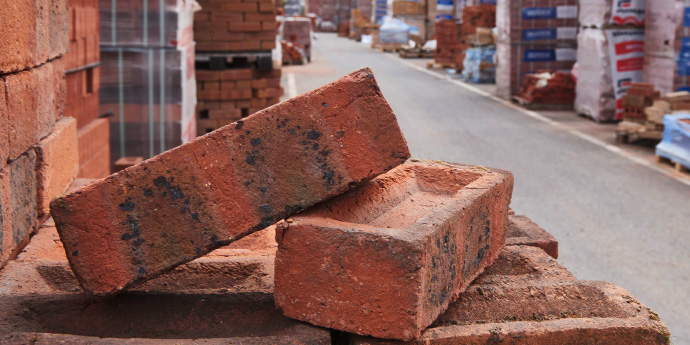The tradesperson's guide to brick uses in construction
In the trade, we often hear about the importance of bricks in construction. And once you start working with bricks, you get it. Aside from the physical demands, bricks are versatile and fairly easy to work with. There’s a wide range of brick types available, but each have common features that contribute to its continuous popularity. Plus, there are virtually no limits to what you can create with bricks. As long as you have the right skills, motivation to take on the challenge and the proper materials, your brickwork will be admired for years to come.
